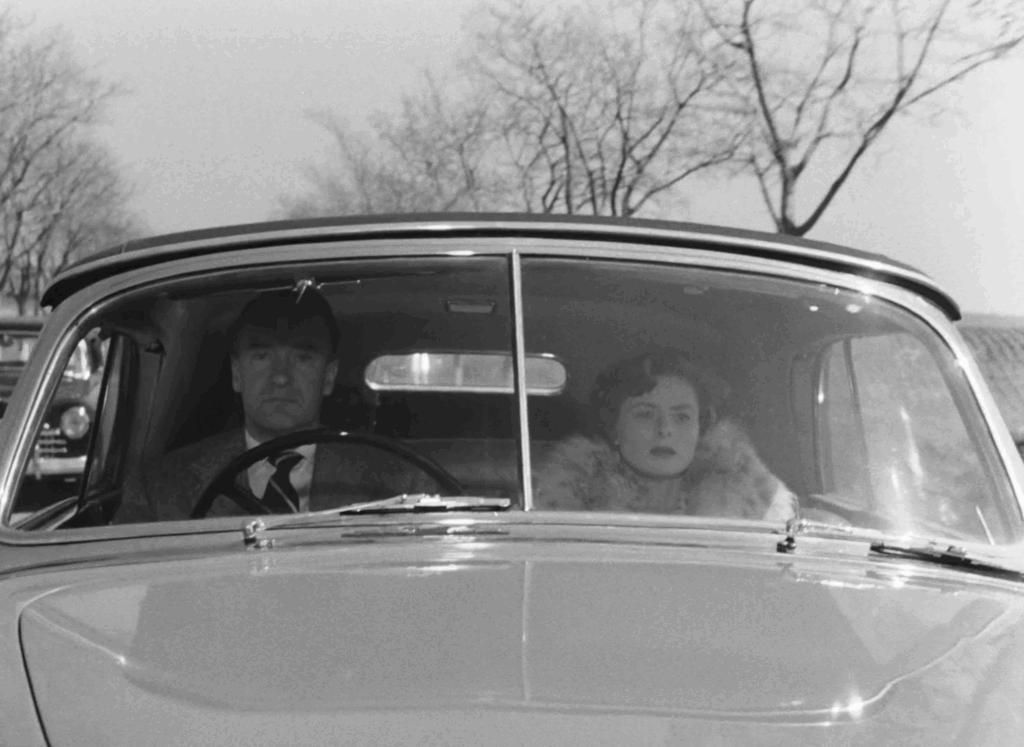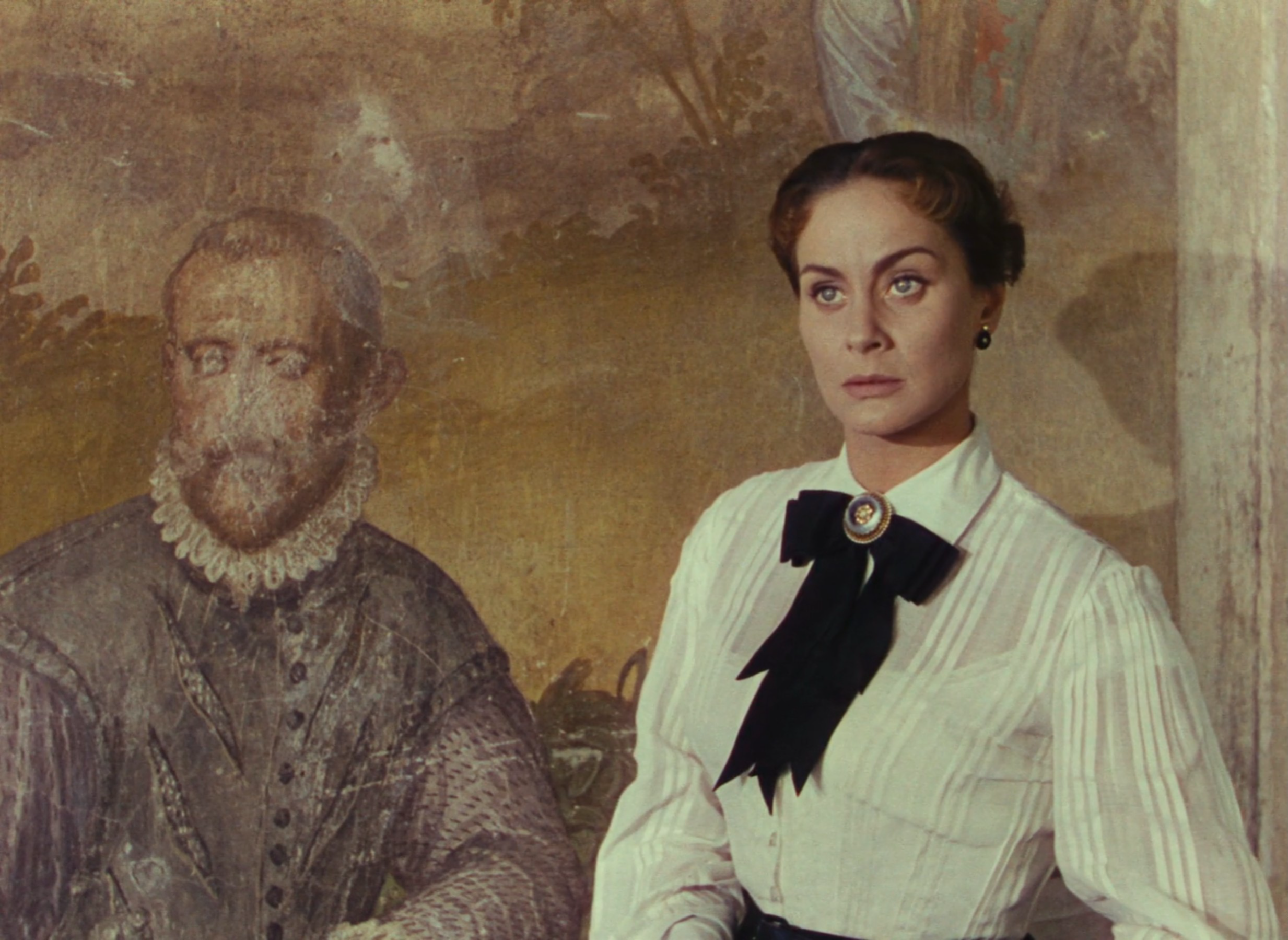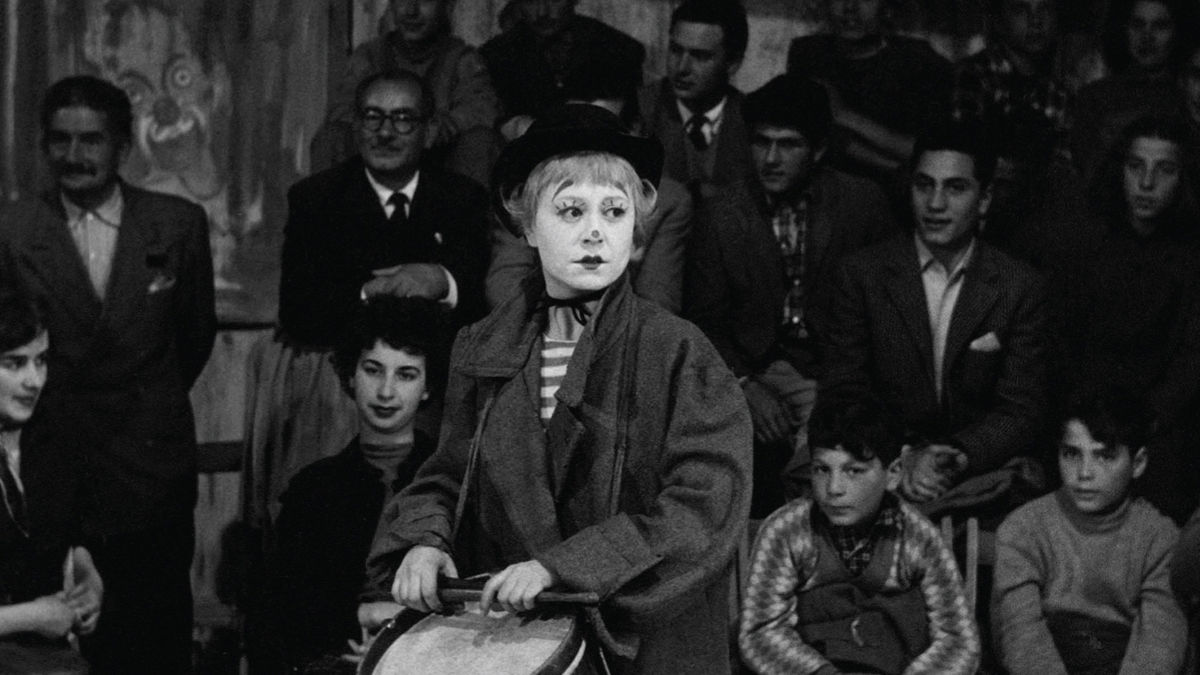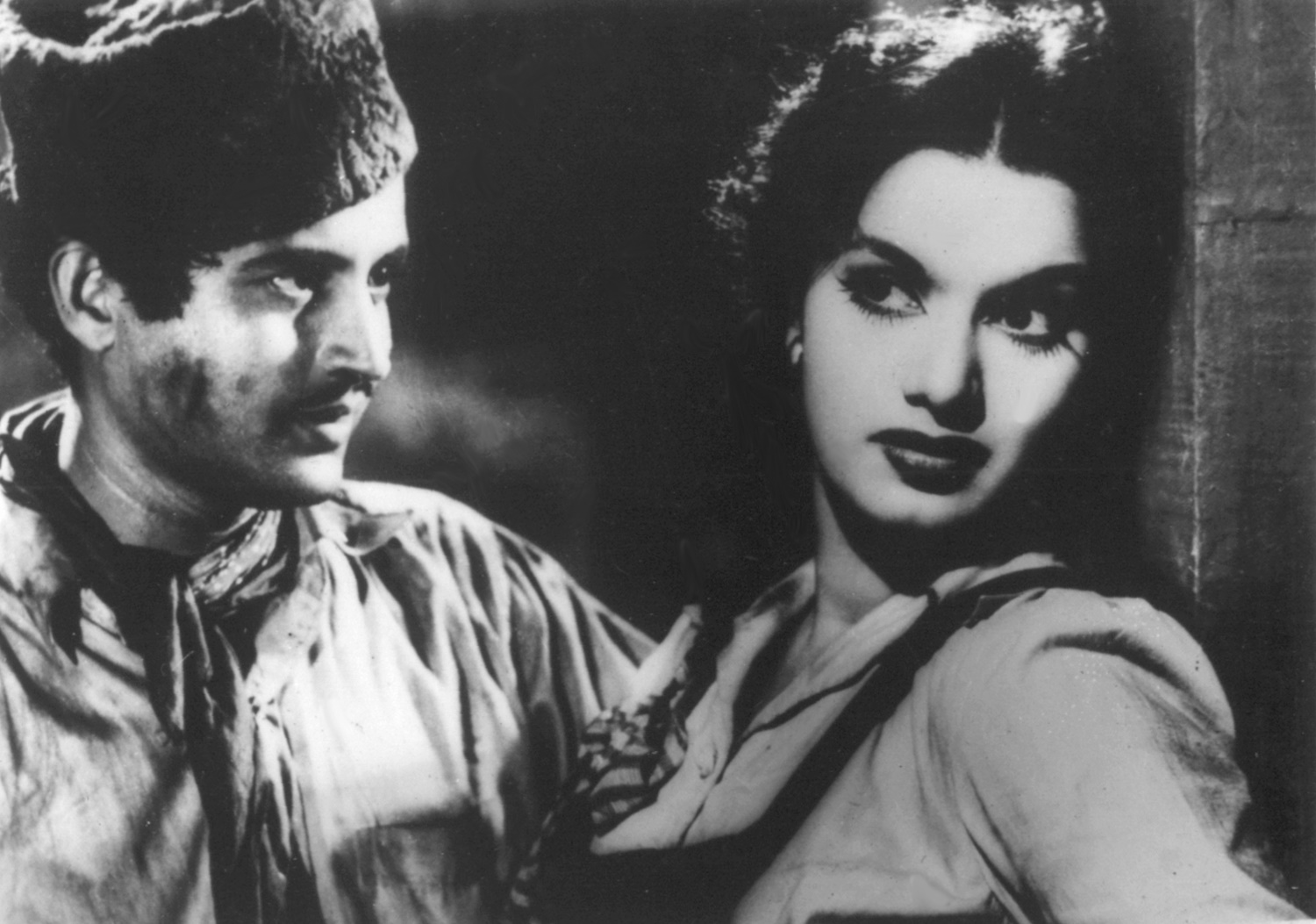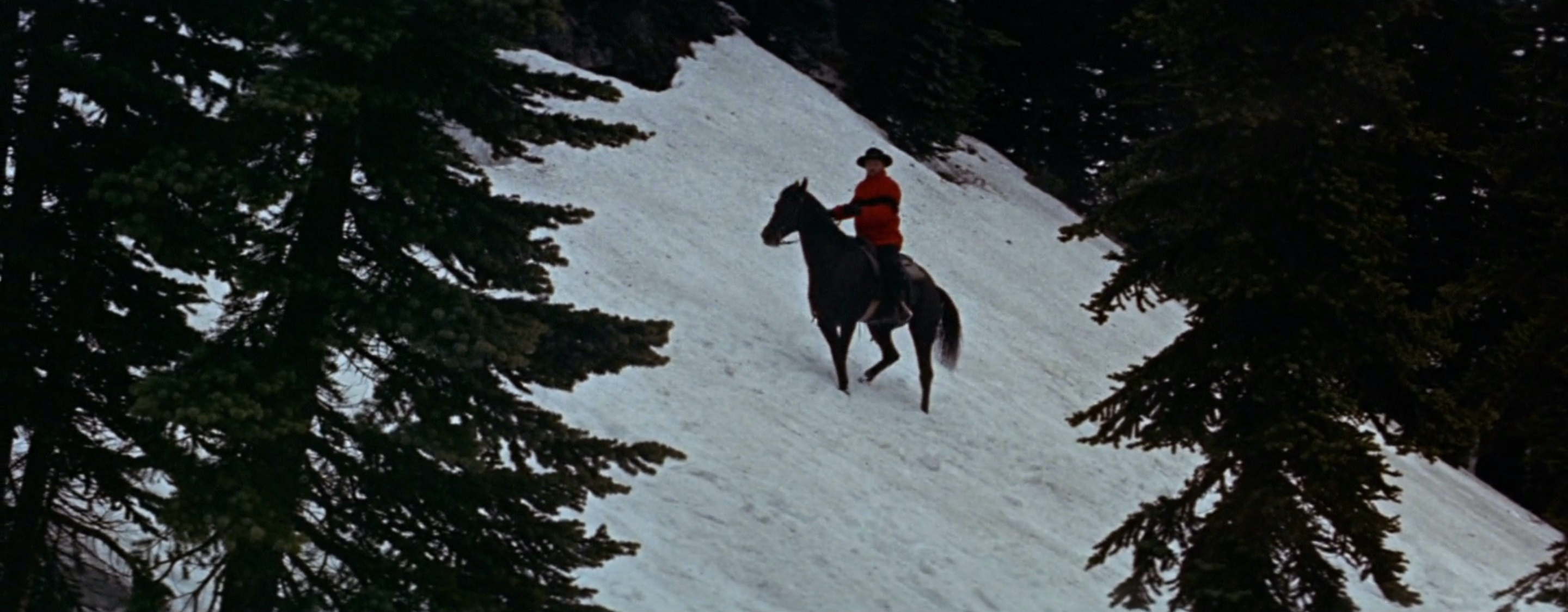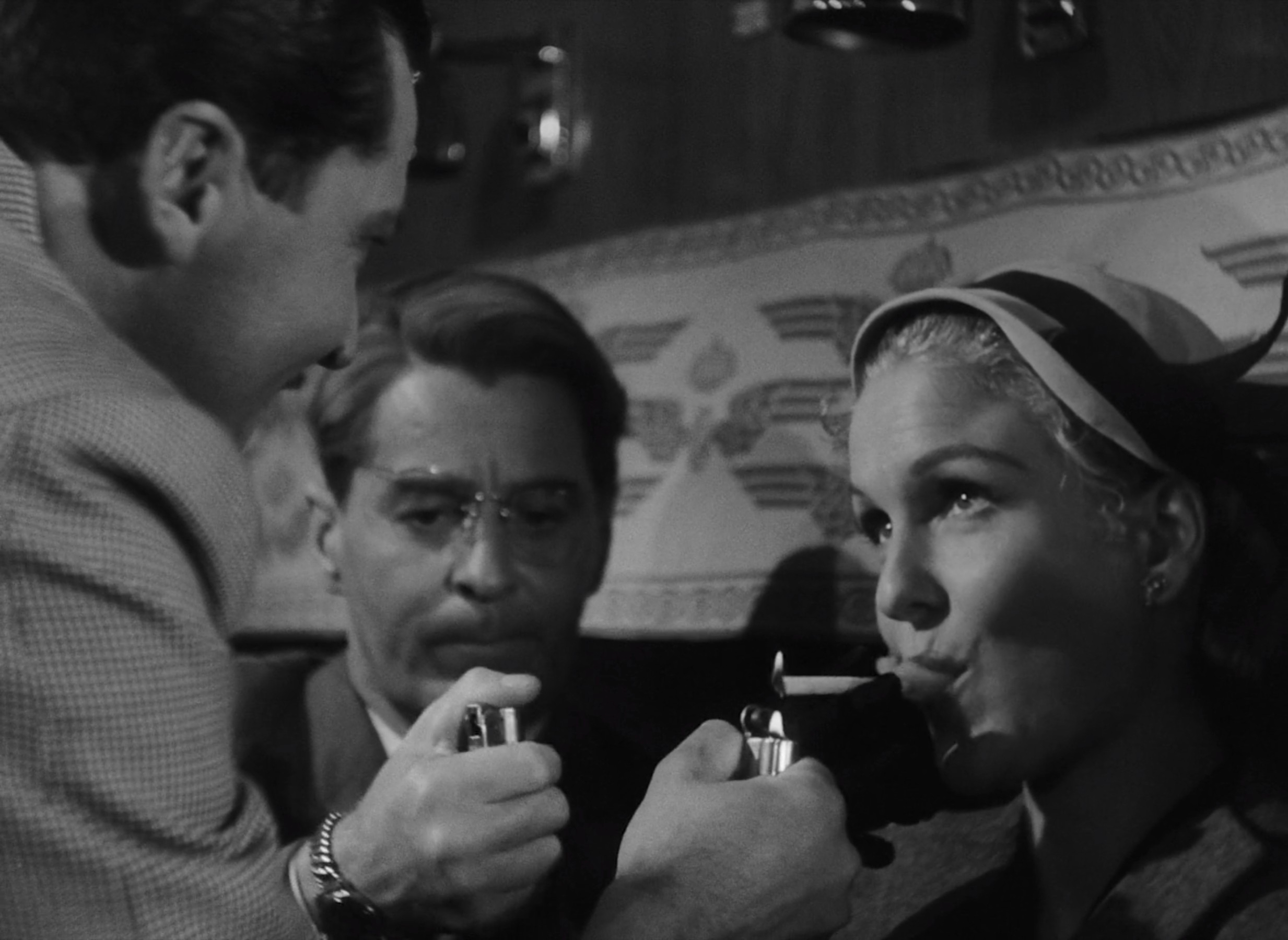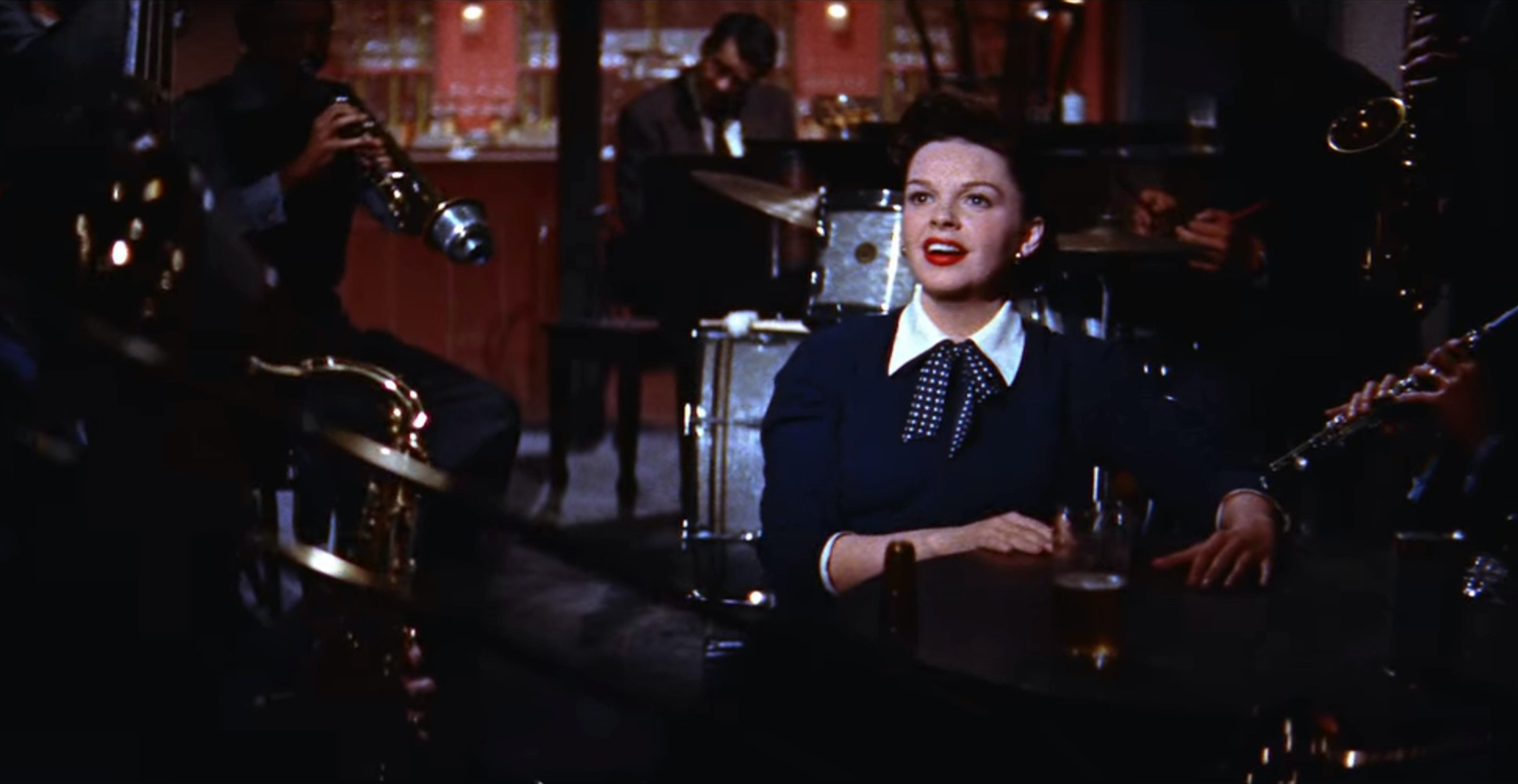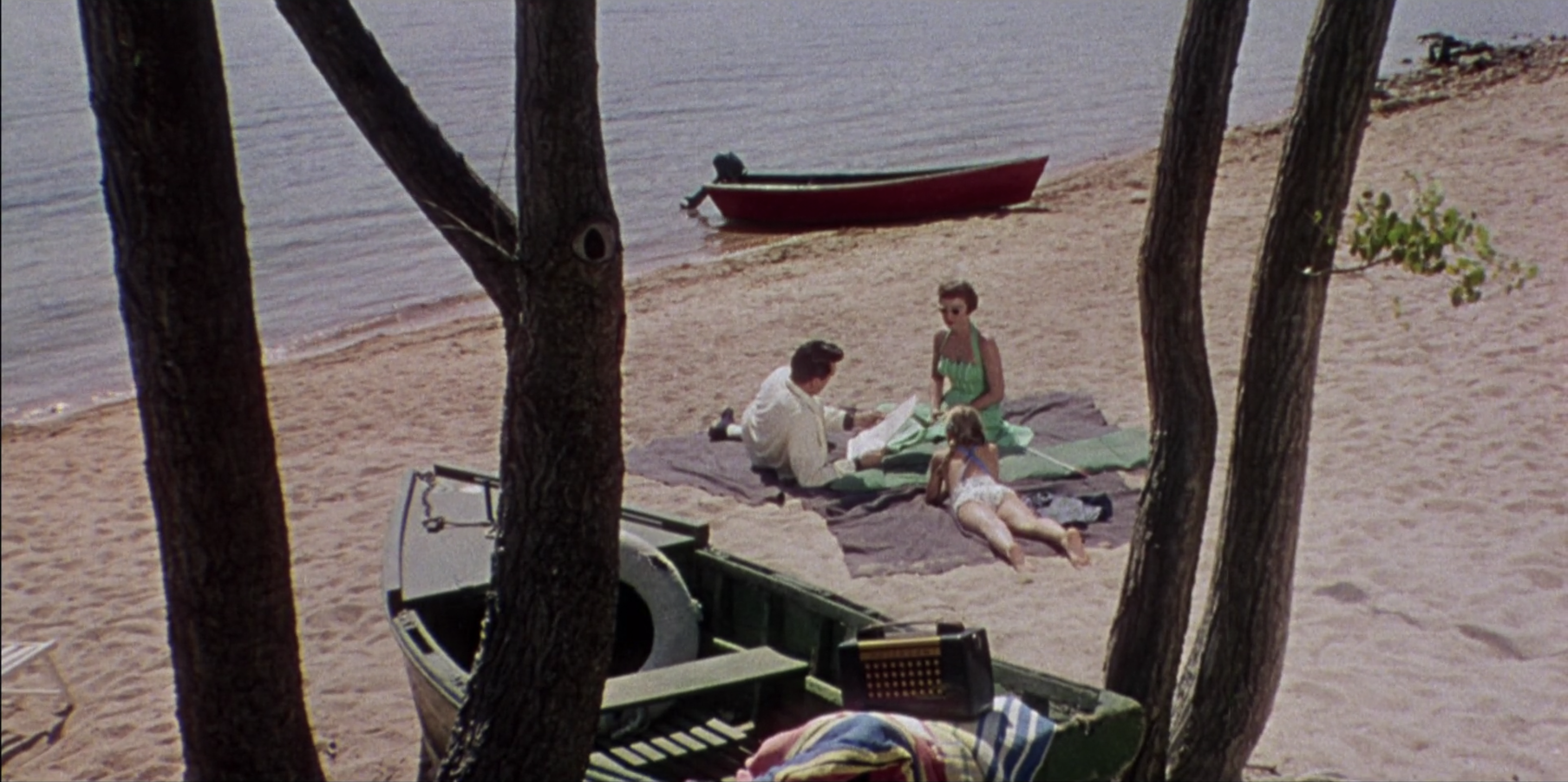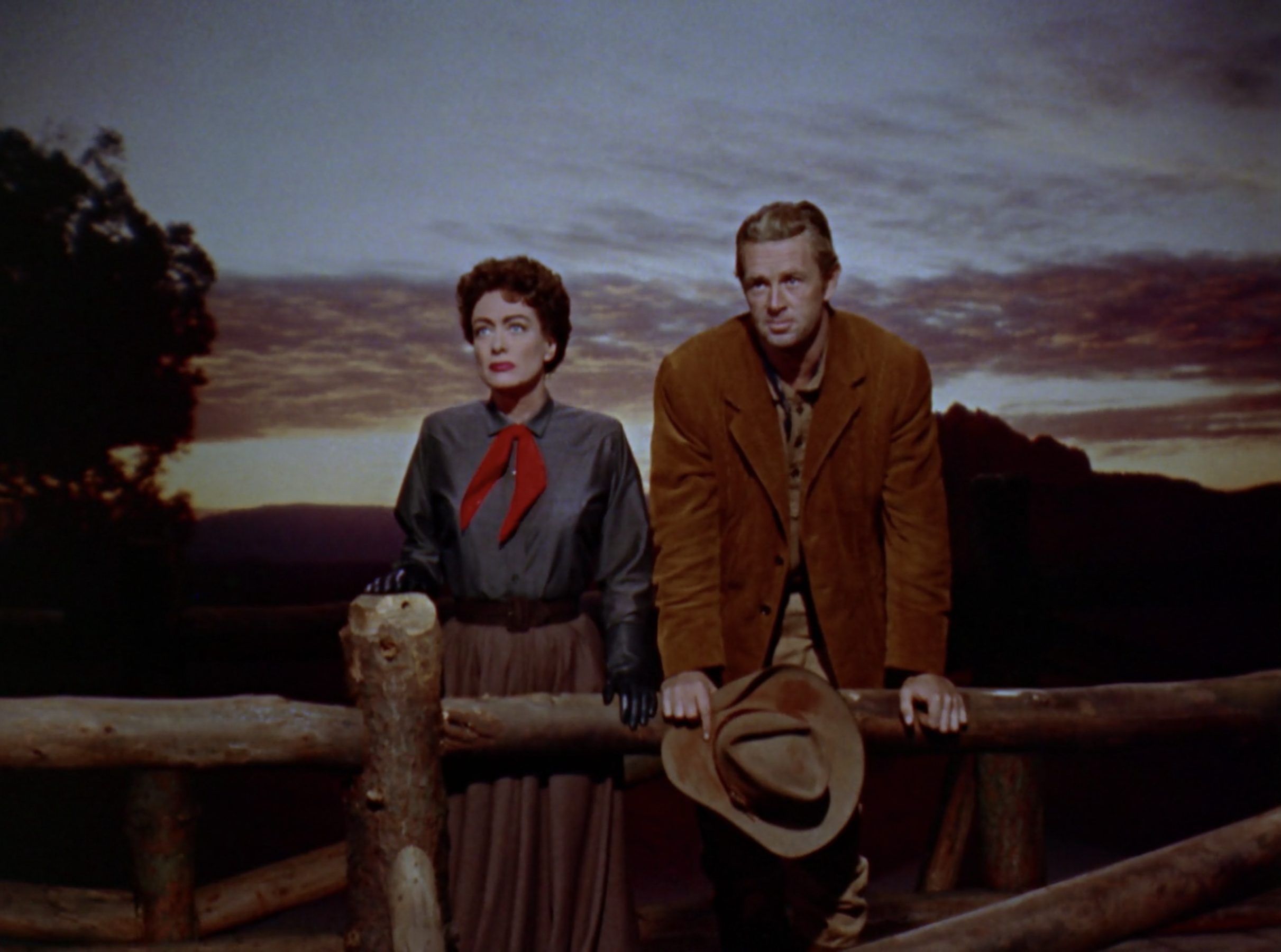Journey to Italy (1954)
Roberto Rossellini’s casting of one trouble marriage against the crumbling, historical ruins of Naples reveals rocky foundations in Journey to Italy, deeply pondering how we let our mortality define our relationships, and the existential loneliness which organically emerges from them.

